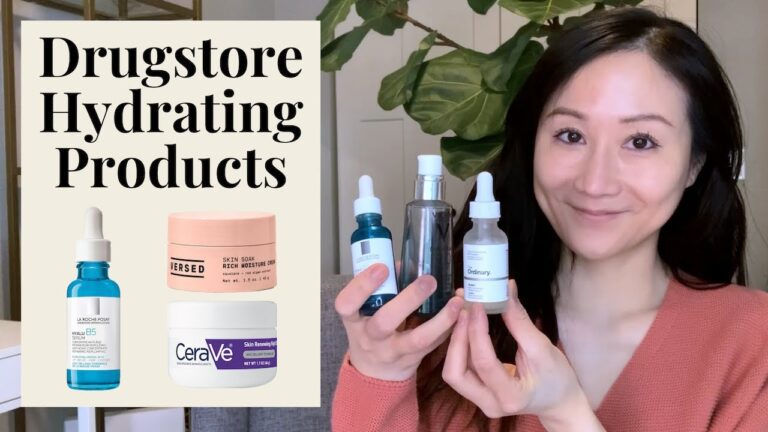Discover the Best Skin Rosacea Treatment: Effective Tips and Methods
Skin Rosacea Treatment: How to Get Rid of Redness and Bumps
If you’re one of the many people who suffer from rosacea, you know how frustrating it can be to deal with redness, bumps, and other symptoms. While there’s no cure for rosacea, there are several treatments that can help manage and control the condition. In this article, we’ll discuss some of the most effective rosacea treatments currently available.
1. Topical Creams and Gels
One of the most common rosacea treatments is the use of topical creams and gels. There are several different types of creams and gels that may be prescribed, including:
– Azelaic Acid: This cream reduces inflammation and redness and inhibits the growth of bacteria, which can lead to pimple-like bumps.
– Metronidazole: This gel is an antibiotic that helps to reduce inflammation and redness.
– Ivermectin: This cream also reduces inflammation and addresses the underlying cause of rosacea: microscopic mites that live in the hair follicles.
It’s important to note that these creams and gels may cause some irritation and dryness, especially when you first start using them. Be sure to follow your dermatologist’s instructions carefully and give the treatment time to work.
2. Oral Medications
In some cases, oral medications may be prescribed to help control rosacea symptoms. Common medications that may be prescribed include:
– Antibiotics: These medications can help reduce inflammation and fight off the bacteria that causes acne-like bumps.
– Isotretinoin: This medication is used for severe cases of rosacea and can help to reduce inflammation and improve skin texture.
As with any medication, there may be side effects associated with oral medications. Be sure to discuss any concerns or questions you may have with your doctor before starting any new treatment.
3. Laser and Light Therapy
Laser and light therapy are also effective treatments for rosacea. These treatments work by targeting the blood vessels in the skin, reducing redness and swelling. There are several types of laser and light therapy available, including:
– Intense Pulsed Light (IPL): This treatment uses pulses of light to target the blood vessels in the skin and reduce redness.
– Pulsed Dye Laser (PDL): This laser targets the blood vessels and can effectively reduce redness and visible blood vessels.
– Fractionated Lasers: These lasers are used to address the texture and overall appearance of the skin, improving overall skin quality.
Laser and light therapy may require several sessions to achieve the desired results, and you may experience some redness and discomfort immediately following treatment.
4. Lifestyle Changes
While there are several medical treatments available for rosacea, there are also some lifestyle changes that can help manage symptoms. These changes may include:
– Avoiding triggers: Certain foods, drinks, and activities can trigger rosacea symptoms. Keep a diary of your symptoms and potential triggers and try to avoid them when possible.
– Sticking to a gentle skincare routine: Use gentle, fragrance-free products and avoid anything that may cause irritation, such as harsh scrubs or exfoliants.
– Protecting your skin: Wear sunscreen daily, even on cloudy days, and avoid prolonged exposure to the sun.
Overall, there are several effective treatments available for rosacea. Be sure to consult with your dermatologist to determine the best treatment plan for your individual needs. With the right treatment and self-care routine, you can effectively manage your rosacea symptoms and enjoy clear, healthy-looking skin.
Most searched products:
Does Sephora Support Israel? Answering Your Questions
The Ultimate Guide to Azealic Acid: Benefits, Uses, and Side Effects
How Long Does Glycolic Acid Take to Show Results: Your Ultimate Guide
Discover the Benefits of The Ordinary Botox for Your Skin
The Ultimate Reviews of The Ordinary Peeling Solution
The Ultimate Guide to The Ordinary Colours Foundation: Reviews, Swatches, and Tips
The Perfect Order: When to Use Retinol and Niacinamide in Your Skincare Routine
Unlock Smooth and Supple Skin: Discover the Best Skincare Products for Skin Suppleness
Say Goodbye to B.O with Glycolic Acid Deodorant: The Secret to Long-Lasting Freshness
Exploring the Wonders of The Ordinary Oxford Street: A Complete Guide













